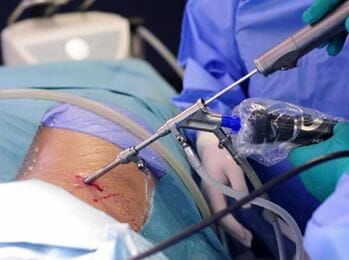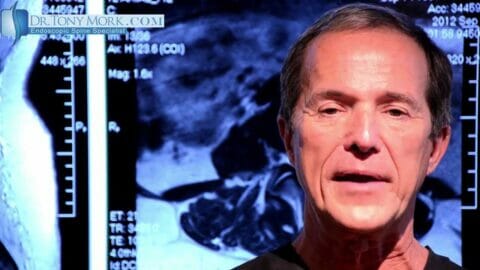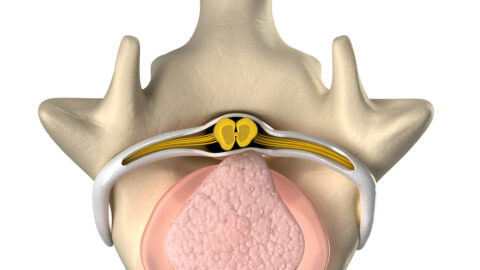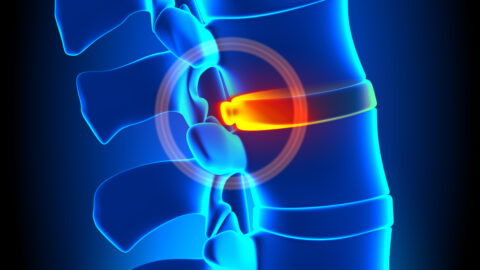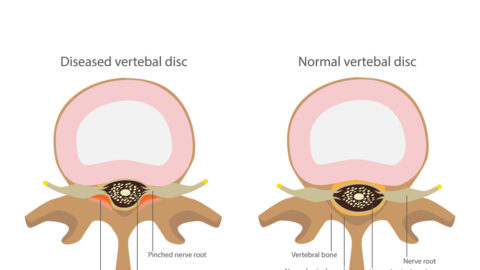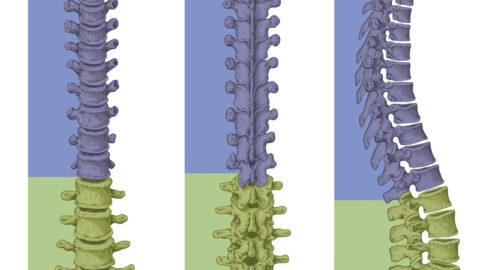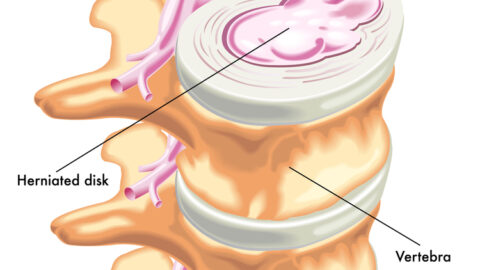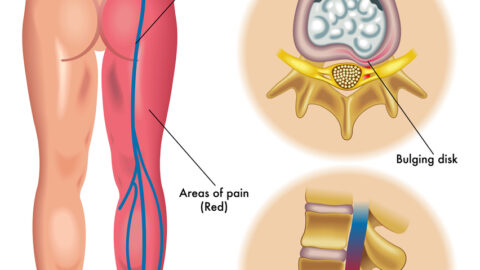Many people consider the ultimate form of “Minimally Invasive Spine Surgery” to be “Laser Back Surgery”. The general term “Laser Back Surgery” can be rather confusing for patients and doctors alike. The term “Laser” implies a lot of high technology and a very small incision. People ask me all sorts of questions about this surgery and if all the back surgery can be performed with the laser.
The first thing that will be done after assessing (history, physical exam, MRI review, etc.) a patient with a low back problem is to make a diagnosis, or determine what the cause of the problem is. If the problem has a surgical solution, it will usually boil down to four major issues related to the disc, stenosis, facet pain, or sacroiliac related pain. These painful problems can be caused by soft tissues, such as the disc, or be caused mainly by a bone overgrowth problem, such as stenosis. The facet syndrome represents a combination of bone and soft tissue problems.
The reason that I try to look at a “problem” in terms of whether it’s soft tissue or bony in nature is because the holmium laser is much more effective when treating soft tissues. In other words, the laser is going to work much better on a soft tissue like a disc than a bone overgrowth problem such as stenosis, bone spur or osteophyte.
Let’s start with the idea that the problem in the spine is at least a couple of inches below the skin, so the first thing that must be done is to get the laser down to the problem. This is accomplished with a surgical scalpel after injecting a small amount of local anesthetic.
At this point, it becomes a matter of choice of what instrument(s) will be passed through the skin and soft tissues (muscles) to the problem area. The laser can be the only instrument or tool used or it can be used in conjunction with other tools and instruments. The more instruments that have to be passed, the larger the incision and port must be to allow passage. For example, if a disc herniation were treated with a laser alone without any optics for visualization, the incision would be tiny. A hollow tube the size of a needle could be used to pass a laser fiber the size of a large thread and surgery would be performed while watching the tip of the needle using fluoroscopic x-ray. This very minimally invasive surgery could be performed with local anesthesia and conscious sedation to provide the safest protection of all nerves in the operative field.
In this situation, the laser is the only instrument being used and represents the purest description of “Laser Back Surgery” in my mind. In this situation, the only tissue being treated is the disc, a soft tissue, which would respond well to the heat from the laser.
I know this sounds wonderful, and in many situations it might work very well, but there are others factors that can influence what choice of instruments may be needed in addition to the laser, like a disc fragment that is sequestered or if there is a bony stenosis problem. The point I am trying to make is that if there are bony issues to treat, the laser by itself may not be sufficient, and other endoscopic tools may be necessary to do the job adequately.
If you would like to learn more about how I can help with your spine problem contact my office or complete the from on this site to request free consultation.
